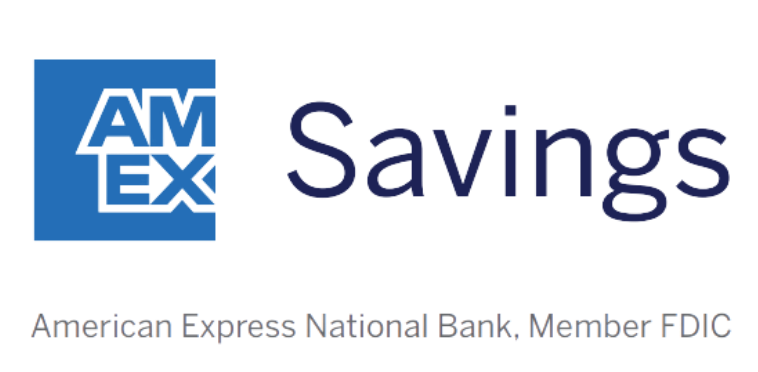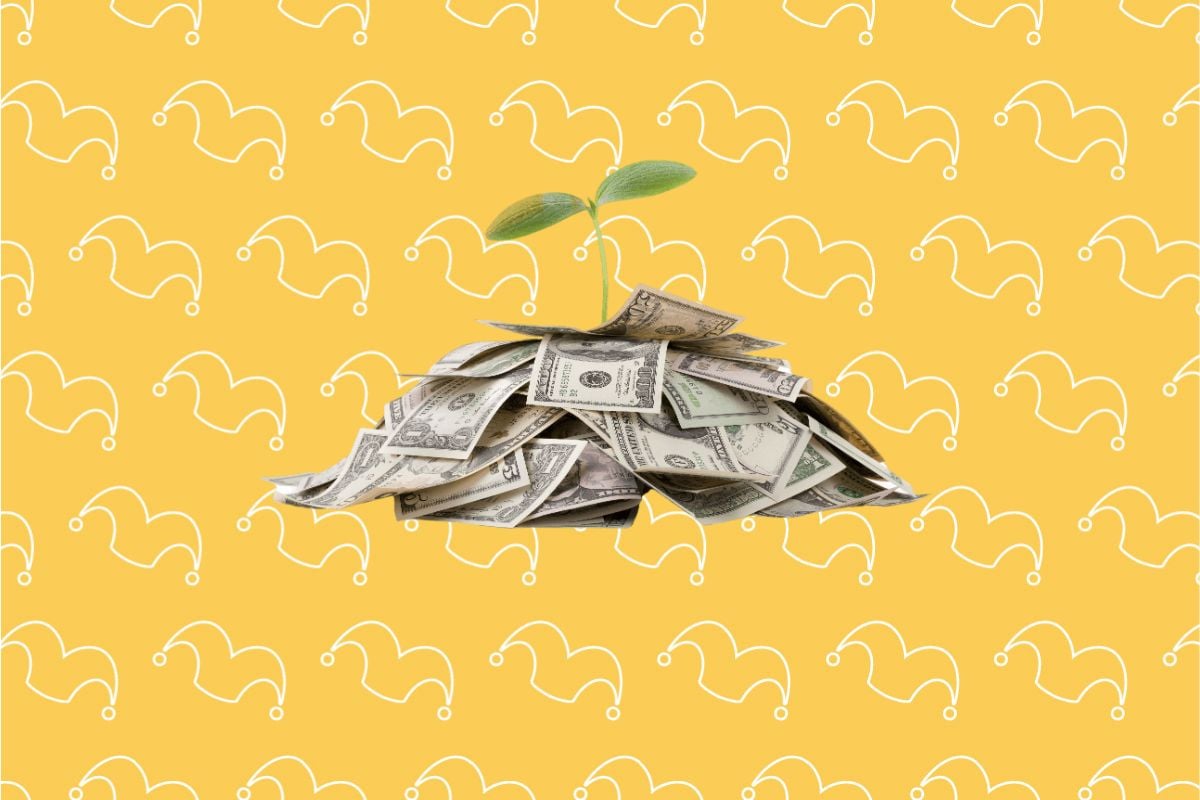There’s a reason so many people are rushing to open CDs before the end of 2024. In September, the Federal Reserve lowered its benchmark interest rate by half a percentage point. And the Fed still has two more opportunities to cut interest rates before the end of the year.
Not only are CD rates down already thanks to the Fed’s initial rate cut, but they’re expected to keep falling. If you lock one in today, you might still be able to get close to 5% on your money. If you wait, you risk getting stuck with an even lower rate. Click here to see a list of the best CD rates that we cover.
But while a CD is a good place to keep money you might need within the next few years, if you have money you don’t expect to need or use for a good seven years or longer, then you may want to forget about CDs altogether. In that situation, there’s a much better place to put your cash for significantly higher returns.
It pays to think bigger than CDs
Though it’s harder to find a 5% CD today, you can still lock one in for above 4%, depending on the bank and term you choose. But why settle for a 4% return on your money when you might be able to get 10% instead?
Our Picks for the Best High-Yield Savings Accounts of 2024
|
Capital One 360 Performance Savings APY 4.00%
Rate info
Member FDIC.
|
APY 4.00%
Rate info |
Min. to earn $0 |
|
American Express® High Yield Savings 
APY 4.00%
Rate info
Member FDIC.
|
APY 4.00%
Rate info |
Min. to earn $0 |
|
CIT Platinum Savings 
APY 4.70% APY for balances of $5,000 or more
Rate info Min. to earn $100 to open account, $5,000 for max APY
Member FDIC.
|
APY 4.70% APY for balances of $5,000 or more
Rate info |
Min. to earn $100 to open account, $5,000 for max APY |
Over the past 50 years, the S&P 500 has rewarded investors with an average annual 10% return. And that 10% accounts for years when the market performed very well, but also, years when it utterly tanked.
If you put money into a stock portfolio and leave it alone for many years, there’s a good chance you’ll earn a similar return (but keep in mind, past returns don’t guarantee future results). And the amount you earn might well outpace what a CD might pay you.
Let’s say you have $5,000 to put into a CD. And let’s say that somehow, CDs end up paying 4% over the next 30 years (which, let’s face it, is highly unlikely). That would leave you with about $16,200.
On the other hand, let’s say you invest that $5,000 in an S&P 500 index fund that gives you a 10% annual return over the next 30 years. In that case, you’re left with about $87,250. That’s a huge difference of about $71,000.
Is a stock portfolio right for you?
As mentioned above, investing in stocks isn’t something to do on a short-term basis. You need time to ride out market downturns, so you generally want your investment window of about seven years or more.
You could get away with investing on a slightly shorter-term basis than that. But the less time you have, the more risk you take on. And on the flipside, the more time you have, the less risky stock investing becomes.
So think about your money and when you might need to use it. If it’s for a home purchase in three years, then sticking with a CD makes sense. But if it’s for your retirement that’s probably 26 years away, then it pays to open a top-rated brokerage account and start putting your money to work. It’s a decision that could pay off big time, especially as CDs start to pay less as the Fed continues to cut rates.

